1. Kimoto-Nira H, Suzuki C, Kobayashi M, Sasaki K, Kurisaki J, Mizumachi K. 2007; Anti-ageing effect of a lactococcal strain: analysis using senescence-accelerated mice. Br J Nutr. 98:1178–86. DOI:
10.1017/S0007114507787469. PMID:
17617939.

2. Kimoto-Nira H, Nagakura Y, Kodama C, Shimizu T, Okuta M, Sasaki K, Koikawa N, Sakuraba K, Suzuki C, Suzuki Y. 2014; Effects of ingesting milk fermented by Lactococcus lactis H61 on skin health in young women: a randomized double-blind study. J Dairy Sci. 97:5898–903. DOI:
10.3168/jds.2014-7980. PMID:
25022690.

3. Sugimura T, Jounai K, Ohshio K, Suzuki H, Kirisako T, Sugihara Y, Fujiwara D. 2018; Long-term administration of pDC-Stimulative Lactococcus lactis strain decelerates senescence and prolongs the lifespan of mice. Int Immunopharmacol. 58:166–72. DOI:
10.1016/j.intimp.2018.03.024. PMID:
29605632.

4. Pan D, Mei X. 2010; Antioxidant activity of an exopolysaccharide purified from Lactococcus lactis subsp. lactis 12. Carbohydr Polym. 80:908–14. DOI:
10.1016/j.carbpol.2010.01.005.

5. Holo H, Nilssen O, Nes IF. 1991; Lactococcin A, a new bacteriocin from Lactococcus lactis subsp. cremoris: isolation and characterization of the protein and its gene. J Bacteriol. 173:3879–87. DOI:
10.1128/jb.173.12.3879-3887.1991. PMID:
1904860. PMCID:
PMC208020.

6. Bromberg R, Moreno I, Delboni RR, Cintra HC, Oliveira PTV. 2005; Characteristics of the bacteriocin produced by Lactococcus lactis subsp. cremoris CTC 204 and the effect of this compound on the mesophilic bacteria associated with raw beef. World J Microbiol Biotechnol. 21:351–8. DOI:
10.1007/s11274-004-2610-9.

7. Zendo T, Koga S, Shigeri Y, Nakayama J, Sonomoto K. 2006; Lactococcin Q, a novel two-peptide bacteriocin produced by Lactococcus lactis QU 4. Appl Environ Microbiol. 72:3383–9. DOI:
10.1128/AEM.72.5.3383-3389.2006. PMID:
16672481. PMCID:
PMC1472383.

8. Kitagawa N, Otani T, Inai T. 2019; Nisin, a food preservative produced by Lactococcus lactis, affects the localization pattern of intermediate filament protein in HaCaT cells. Anat Sci Int. 94:163–71. DOI:
10.1007/s12565-018-0462-x. PMID:
30353456.

10. Gupta SM, Aranha CC, Bellare JR, Reddy KV. 2009; Interaction of contraceptive antimicrobial peptide nisin with target cell membranes: implications for use as vaginal microbicide. Contraception. 80:299–307. DOI:
10.1016/j.contraception.2009.03.012. PMID:
19698825.

11. Mouritzen MV, Andrea A, Qvist K, Poulsen SS, Jenssen H. 2019; Immunomodulatory potential of Nisin A with application in wound healing. Wound Repair Regen. 27:650–60. DOI:
10.1111/wrr.12743. PMID:
31287619.

12. Ross MH, Pawlina W. 2015. Histology: a text and atlas. 7th ed. Wolters Kluwer/Lippincott Williams & Wilkins Health;Philadelphia: DOI:
10.1111/wrr.12743.
13. Boukamp P, Petrussevska RT, Breitkreutz D, Hornung J, Markham A, Fusenig NE. 1988; Normal keratinization in a spontaneously immortalized aneuploid human keratinocyte cell line. J Cell Biol. 106:761–71. DOI:
10.1083/jcb.106.3.761. PMID:
2450098. PMCID:
PMC2115116.

14. Bikle DD, Xie Z, Tu CL. 2012; Calcium regulation of keratinocyte differentiation. Expert Rev Endocrinol Metab. 7:461–72. DOI:
10.1586/eem.12.34. PMID:
23144648. PMCID:
PMC3491811.

15. Oda Y, Tu CL, Pillai S, Bikle DD. 1998; The calcium sensing receptor and its alternatively spliced form in keratinocyte differentiation. J Biol Chem. 273:23344–52. DOI:
10.1074/jbc.273.36.23344. PMID:
9722568.

17. Tan KK, Salgado G, Connolly JE, Chan JK, Lane EB. 2014; Characterization of fetal keratinocytes, showing enhanced stem cell-like properties: a potential source of cells for skin reconstruction. Stem Cell Reports. 3:324–38. DOI:
10.1016/j.stemcr.2014.06.005. PMID:
25254345. PMCID:
PMC4175556.

18. Kitagawa N, Inai Y, Higuchi Y, Iida H, Inai T. 2014; Inhibition of JNK in HaCaT cells induced tight junction formation with decreased expression of cytokeratin 5, cytokeratin 17 and desmoglein 3. Histochem Cell Biol. 142:389–99. DOI:
10.1007/s00418-014-1219-9. PMID:
24714933.

19. Kölsch A, Windoffer R, Leube RE. 2009; Actin-dependent dynamics of keratin filament precursors. Cell Motil Cytoskeleton. 66:976–85. DOI:
10.1002/cm.20395. PMID:
19548319.

20. Windoffer R, Borchert-Stuhlträger M, Leube RE. 2002; Desmosomes: interconnected calcium-dependent structures of remarkable stability with significant integral membrane protein turnover. J Cell Sci. 115(Pt 8):1717–32. DOI:
10.1242/jcs.115.8.1717. PMID:
11950889.

21. He Z, Fan J, Kang L, Lu J, Xue Y, Xu P, Xu T, Chen L. 2008; Ca2+ triggers a novel clathrin-independent but actin-dependent fast endocytosis in pancreatic beta cells. Traffic. 9:910–23. DOI:
10.1111/j.1600-0854.2008.00730.x. PMID:
18315531.

22. De La Cruz N, Knebel-Mörsdorf D. 2021; Endocytic internalization of herpes simplex virus 1 in human keratinocytes at low temperature. J Virol. 95:e02195–20. DOI:
10.1128/JVI.02195-20. PMID:
33239453. PMCID:
PMC7851553.

23. Wu XS, McNeil BD, Xu J, Fan J, Xue L, Melicoff E, Adachi R, Bai L, Wu LG. 2009; Ca(2+) and calmodulin initiate all forms of endocytosis during depolarization at a nerve terminal. Nat Neurosci. 12:1003–10. DOI:
10.1038/nn.2355. PMID:
19633667. PMCID:
PMC4887276.

26. Lim JP, Gleeson PA. 2011; Macropinocytosis: an endocytic pathway for internalising large gulps. Immunol Cell Biol. 89:836–43. DOI:
10.1038/icb.2011.20. PMID:
21423264.

27. Kanlaya R, Sintiprungrat K, Chaiyarit S, Thongboonkerd V. 2013; Macropinocytosis is the major mechanism for endocytosis of calcium oxalate crystals into renal tubular cells. Cell Biochem Biophys. 67:1171–9. DOI:
10.1007/s12013-013-9630-8. PMID:
23695784.

29. Veltman DM. 2015; Drink or drive: competition between macropinocytosis and cell migration. Biochem Soc Trans. 43:129–32. DOI:
10.1042/BST20140251. PMID:
25619258.

30. Imura Y, Choda N, Matsuzaki K. 2008; Magainin 2 in action: distinct modes of membrane permeabilization in living bacterial and mammalian cells. Biophys J. 95:5757–65. DOI:
10.1529/biophysj.108.133488. PMID:
18835901. PMCID:
PMC2599864.

31. Henriques ST, Melo MN, Castanho MA. 2006; Cell-penetrating peptides and antimicrobial peptides: how different are they? Biochem J. 399:1–7. DOI:
10.1042/BJ20061100. PMID:
16956326. PMCID:
PMC1570158.

32. Kordel M, Sahl HG. 1986; Susceptibility of bacterial, eukaryotic and artificial membranes to the disruptive action of the cationic peptides Pep 5 and nisin. FEMS Microbiol Lett. 34:139–44. DOI:
10.1111/j.1574-6968.1986.tb01393.x.

33. Nakase I, Niwa M, Takeuchi T, Sonomura K, Kawabata N, Koike Y, Takehashi M, Tanaka S, Ueda K, Simpson JC, Jones AT, Sugiura Y, Futaki S. 2004; Cellular uptake of arginine-rich peptides: roles for macropinocytosis and actin rearrangement. Mol Ther. 10:1011–22. DOI:
10.1016/j.ymthe.2004.08.010. PMID:
15564133.

34. Takeuchi T, Futaki S. 2016; Current understanding of direct translocation of arginine-rich cell-penetrating peptides and its internalization mechanisms. Chem Pharm Bull (Tokyo). 64:1431–7. DOI:
10.1248/cpb.c16-00505. PMID:
27725497.

35. Poon GM, Gariépy J. 2007; Cell-surface proteoglycans as molecular portals for cationic peptide and polymer entry into cells. Biochem Soc Trans. 35(Pt 4):788–93. DOI:
10.1042/BST0350788. PMID:
17635149.

36. Nakase I, Tadokoro A, Kawabata N, Takeuchi T, Katoh H, Hiramoto K, Negishi M, Nomizu M, Sugiura Y, Futaki S. 2007; Interaction of arginine-rich peptides with membrane-associated proteoglycans is crucial for induction of actin organization and macropinocytosis. Biochemistry. 46:492–501. DOI:
10.1021/bi0612824. PMID:
17209559.

37. Nakase I, Osaki K, Tanaka G, Utani A, Futaki S. 2014; Molecular interplays involved in the cellular uptake of octaarginine on cell surfaces and the importance of syndecan-4 cytoplasmic V domain for the activation of protein kinase Cα. Biochem Biophys Res Commun. 446:857–62. DOI:
10.1016/j.bbrc.2014.03.018. PMID:
24632200.

39. Palm-Apergi C, Lorents A, Padari K, Pooga M, Hällbrink M. 2009; The membrane repair response masks membrane disturbances caused by cell-penetrating peptide uptake. FASEB J. 23:214–23. DOI:
10.1096/fj.08-110254. PMID:
18787109.

40. Barnes L, Ino F, Jaunin F, Saurat JH, Kaya G. 2013; Inhibition of putative hyalurosome platform in keratinocytes as a mechanism for corticosteroid-induced epidermal atrophy. J Invest Dermatol. 133:1017–26. DOI:
10.1038/jid.2012.439. PMID:
23223147.

42. Lichti U, Anders J, Yuspa SH. 2008; Isolation and short-term culture of primary keratinocytes, hair follicle populations and dermal cells from newborn mice and keratinocytes from adult mice for
in vitro analysis and for grafting to immunodeficient mice. Nat Protoc. 3:799–810. DOI:
10.1038/nprot.2008.50. PMID:
18451788. PMCID:
PMC6299324.

43. Yang YW, Zhang CN, Cao YJ, Qu YX, Li TY, Yang TG, Geng D, Sun YK. 2020; Bidirectional regulation of i-type lysozyme on cutaneous wound healing. Biomed Pharmacother. 131:110700. DOI:
10.1016/j.biopha.2020.110700. PMID:
33152906.

44. Otani T, Matsuda M, Mizokami A, Kitagawa N, Takeuchi H, Jimi E, Inai T, Hirata M. 2018; Osteocalcin triggers Fas/FasL-mediated necroptosis in adipocytes via activation of p300. Cell Death Dis. 9:1194. DOI:
10.1038/s41419-018-1257-7. PMID:
30546087. PMCID:
PMC6294257.

45. Abé T, Kitagawa N, Yoshimoto S, Maruyama S, Yamazaki M, Inai T, Hashimoto S, Saku T. 2020; Keratin 17-positive Civatte bodies in oral lichen planus-distribution variety, diagnostic significance and histopathogenesis. Sci Rep. 10:14586. DOI:
10.1038/s41598-020-71496-8. PMID:
32884005. PMCID:
PMC7471264.

46. Kabayama H, Takeuchi M, Taniguchi M, Tokushige N, Kozaki S, Mizutani A, Nakamura T, Mikoshiba K. 2011; Syntaxin 1B suppresses macropinocytosis and semaphorin 3A-induced growth cone collapse. J Neurosci. 31:7357–64. DOI:
10.1523/JNEUROSCI.2718-10.2011. PMID:
21593320. PMCID:
PMC6622584.

47. Styers ML, Salazar G, Love R, Peden AA, Kowalczyk AP, Faundez V. 2004; The endo-lysosomal sorting machinery interacts with the intermediate filament cytoskeleton. Mol Biol Cell. 15:5369–82. DOI:
10.1091/mbc.e04-03-0272. PMID:
15456899. PMCID:
PMC532017.
48. Bryant DM, Kerr MC, Hammond LA, Joseph SR, Mostov KE, Teasdale RD, Stow JL. 2007; EGF induces macropinocytosis and SNX1-modulated recycling of E-cadherin. J Cell Sci. 120(Pt 10):1818–28. DOI:
10.1242/jcs.000653. PMID:
17502486.

50. Bratton DL, Fadok VA, Richter DA, Kailey JM, Guthrie LA, Henson PM. 1997; Appearance of phosphatidylserine on apoptotic cells requires calcium-mediated nonspecific flip-flop and is enhanced by loss of the aminophospholipid translocase. J Biol Chem. 272:26159–65. DOI:
10.1074/jbc.272.42.26159. PMID:
9334182.

51. Zhu J, Lin F, Brown DA, Clark RAF. 2014; A fibronectin peptide redirects PDGF-BB/PDGFR complexes to macropinocytosis-like internalization and augments PDGF-BB survival signals. J Invest Dermatol. 134:921–9. DOI:
10.1038/jid.2013.463. PMID:
24304816. PMCID:
PMC3961502.

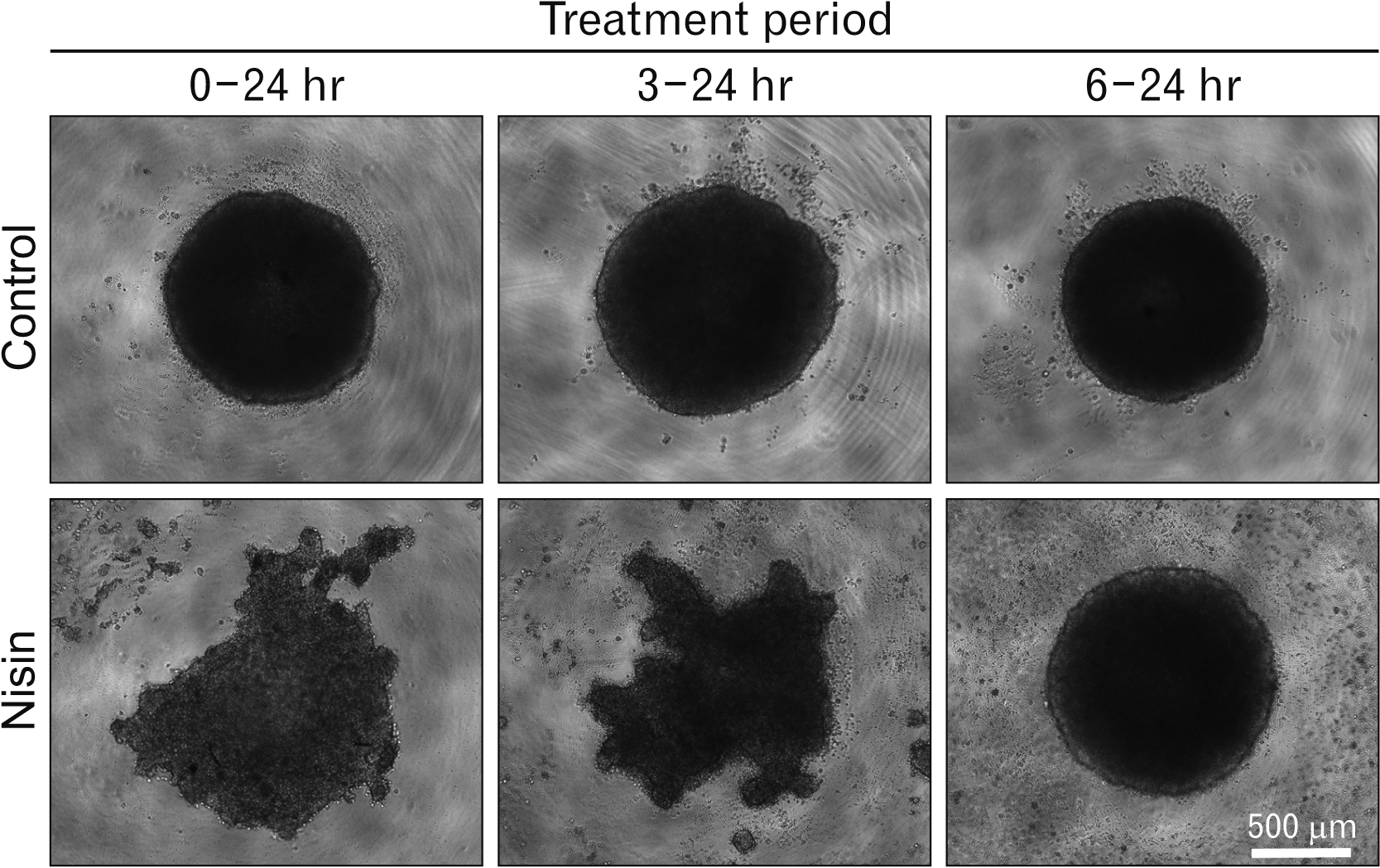
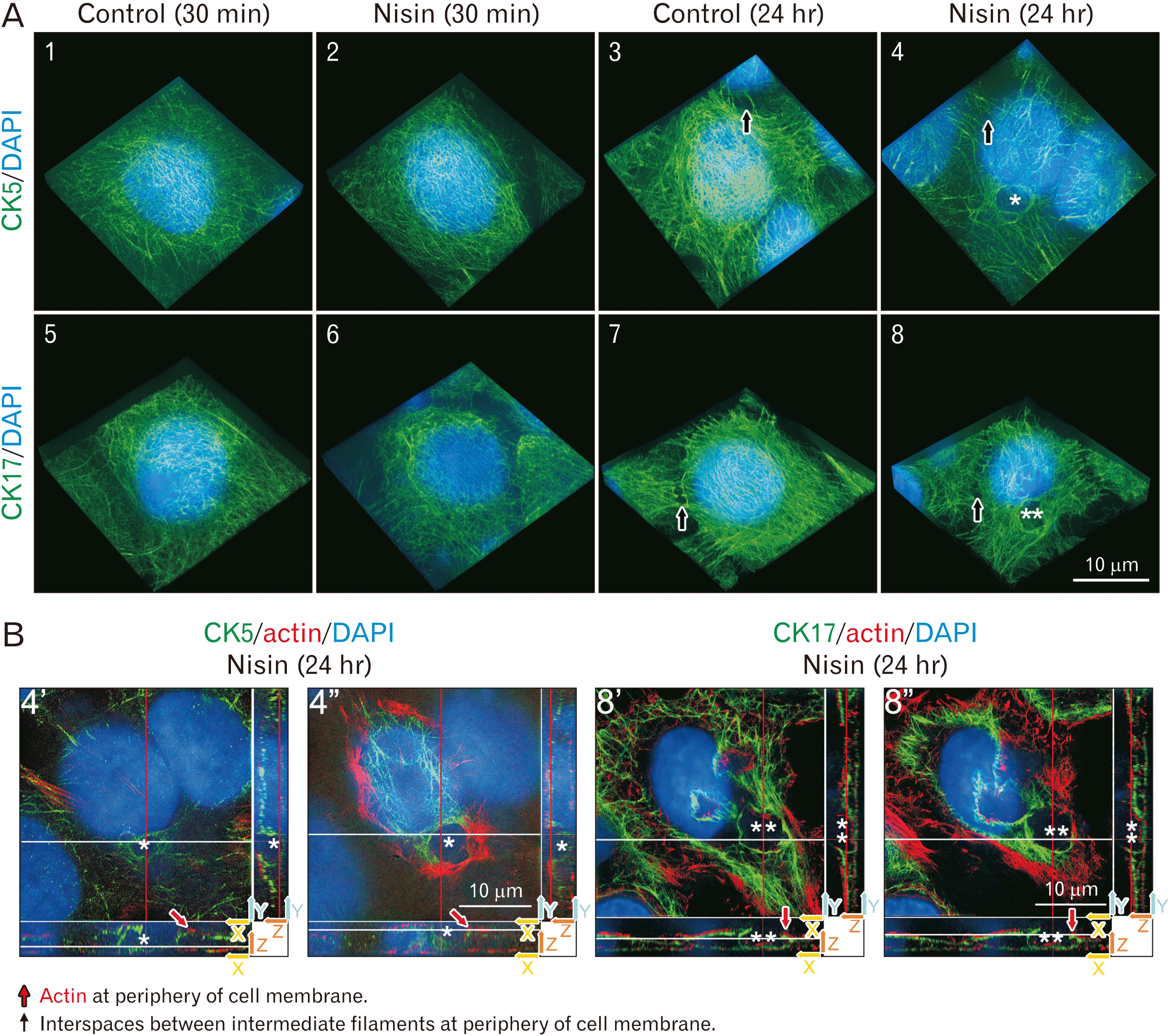
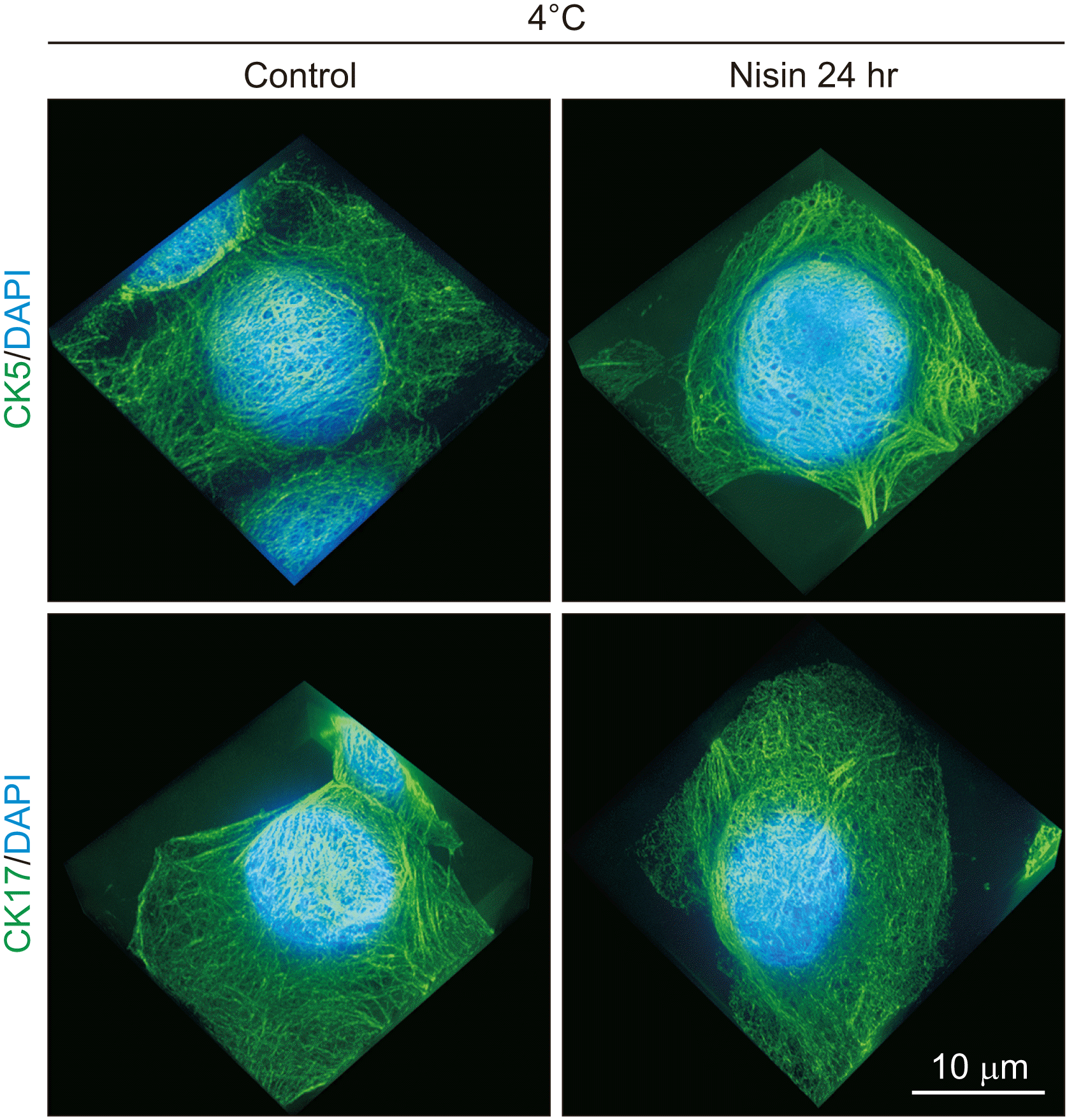
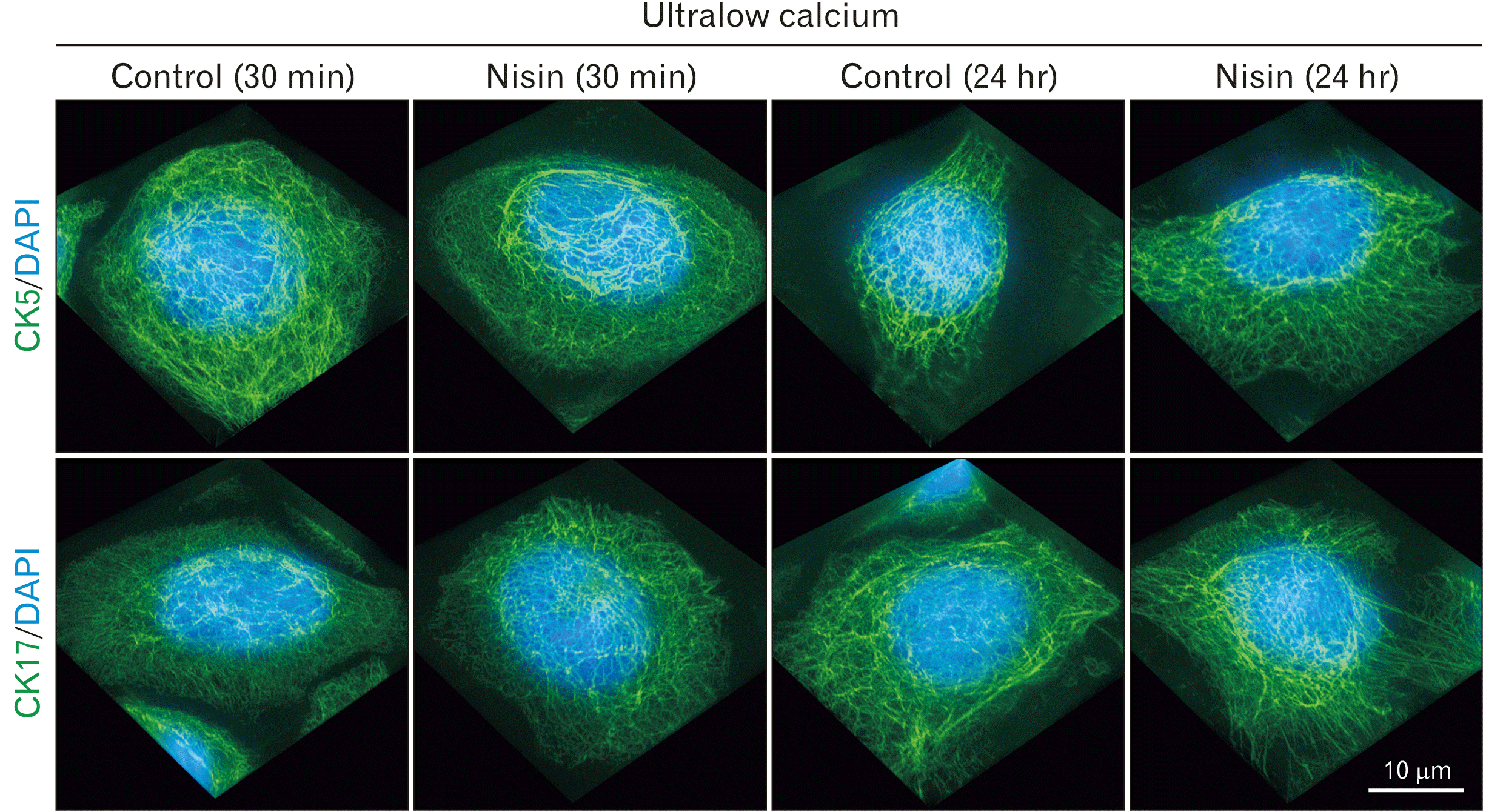
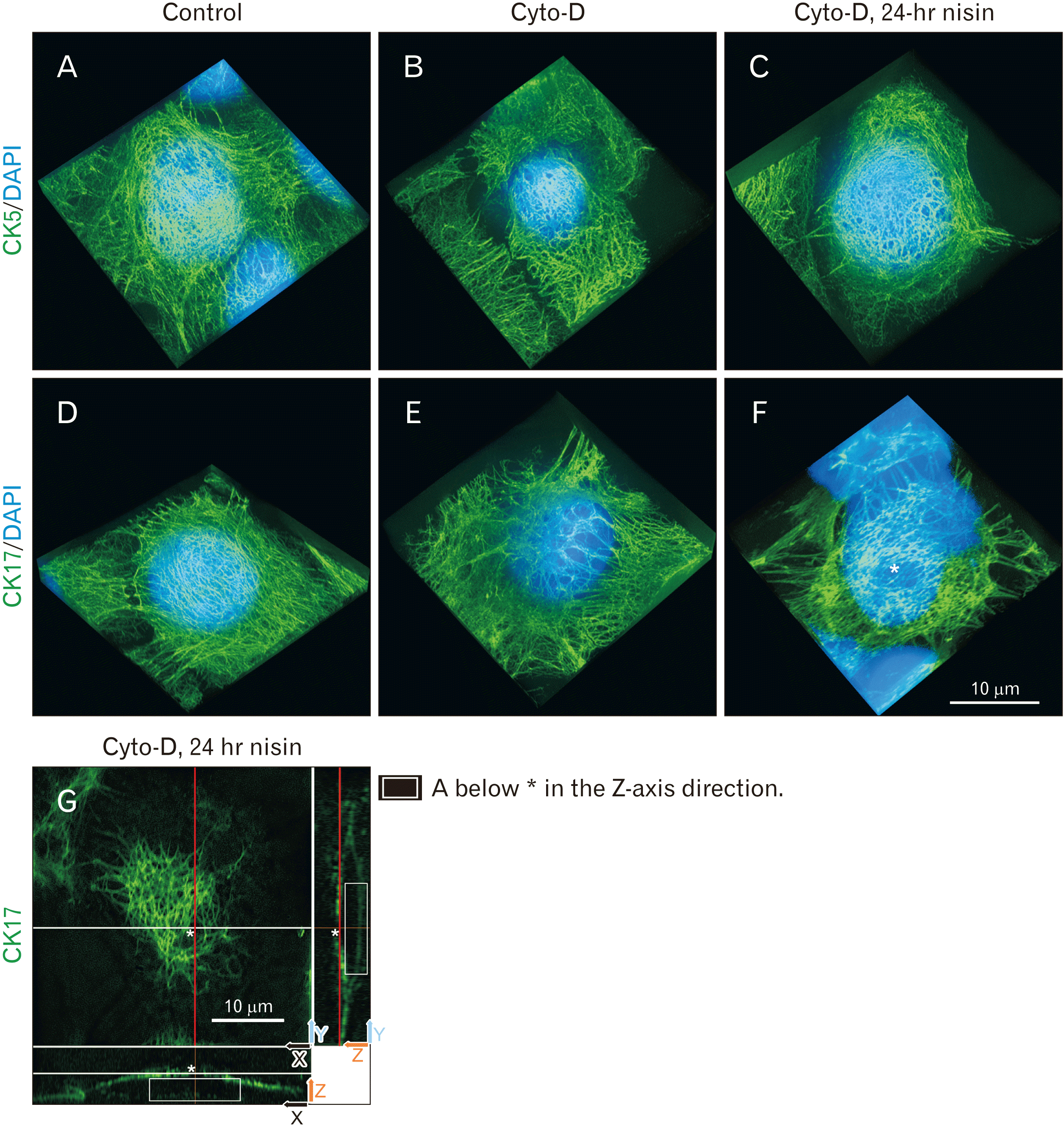

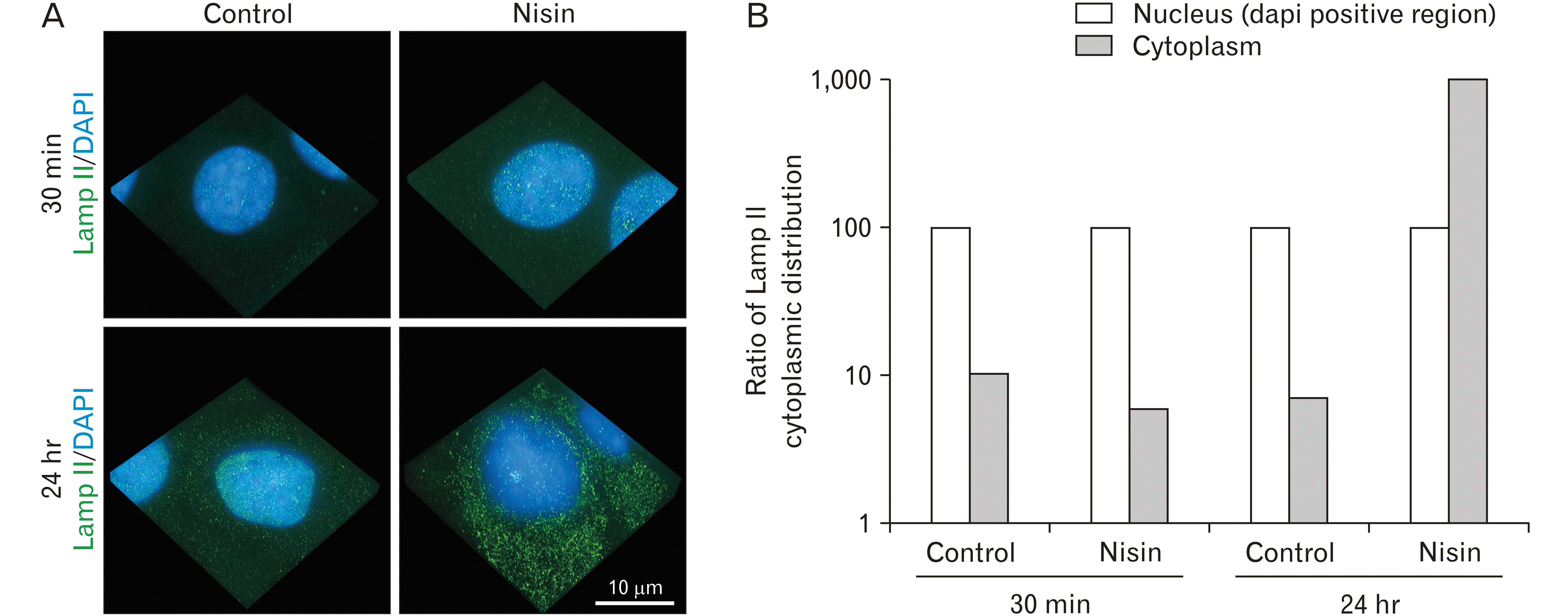

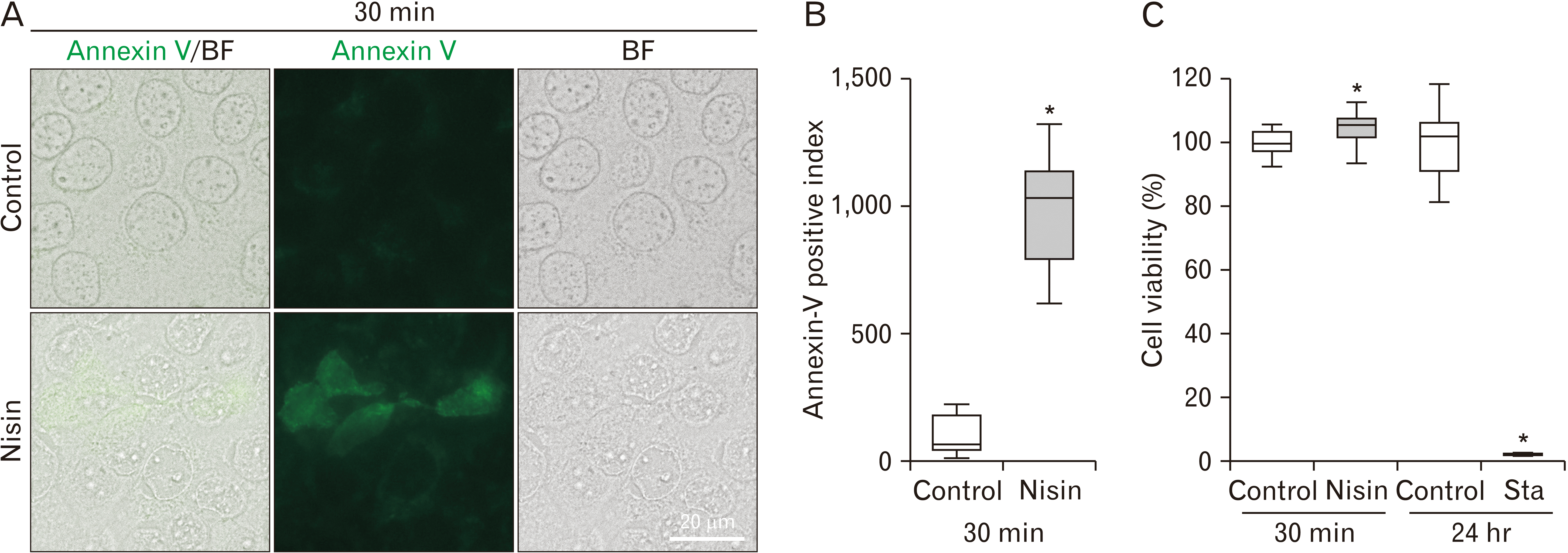





 PDF
PDF Citation
Citation Print
Print



 XML Download
XML Download